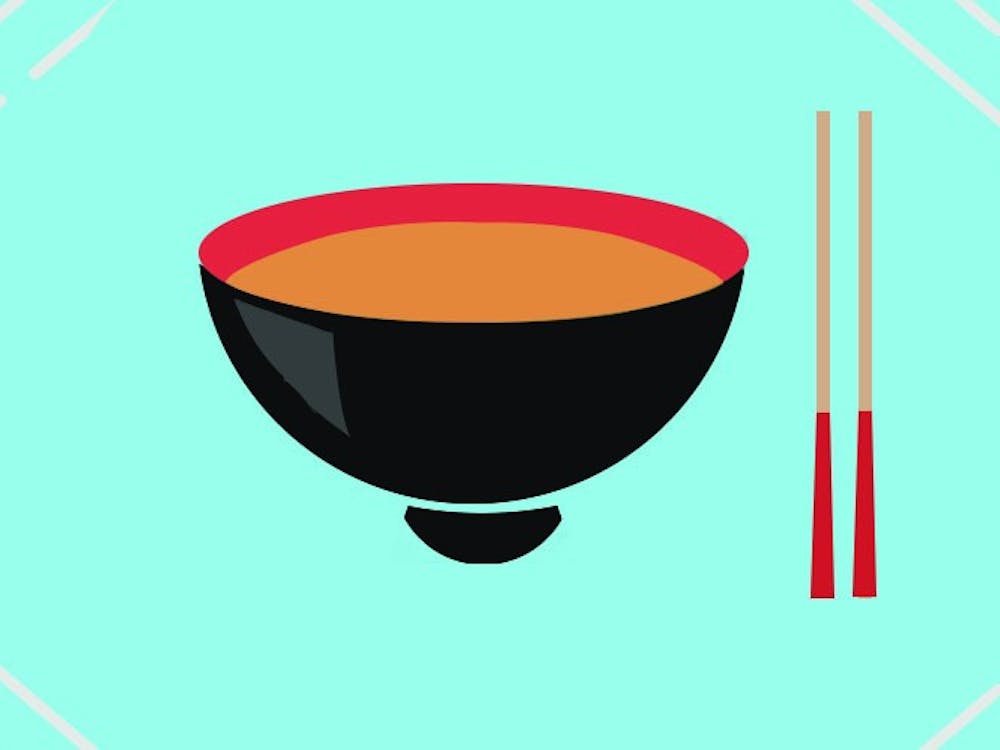Princeton University Orchestra opens its concert season this year with an energetic and majestic performance featuring music professor Dmitri Tymoczko’s "Power Chords, for String Quartet and Orchestra" and Shostakovich’s "Symphony No. 10 in E Minor." Filled with delightful solo excerpts, mellifluous string melodies and dramatic phrases from the brass, the Orchestra’s first 2012-13 program, conducted by Michael Pratt, is definitely a must-see.
The concert opens with "Power Chords," an original work in three movements. This piece is unique in that it creates an interplay between the whole orchestra and the featured Amernet String Quartet. This professional string quartet, consisting of violinists Misha Vitenson and Marcia Littley, violist Michael Klotz and cellist Jason Calloway, dazzle with their skillful interpretation of the theme. One particularly memorable instance comes near the end of the first movement, when the quartet and the orchestra's violin sections bounce a note back and forth between each other. It was clear that the musicians rehearsed this section thoroughly, since the orchestra and the quartet mesh together flawlessly. One group picks up the note as soon as the other group stops. The percussion enhances the powerful mood of this piece with accentuation provided by glockenspiel, triangle and tubular bells, although there are a few instances when the percussion comes on a little too strong.
The second movement contrasts greatly with the first. It begins more slowly, opening with a slow solo by the second violins. As the piece progresses it gradually becomes louder, marked expertly by a crescendo in the trombone and trumpet sections. Near the end of the movement the piece returns once more to its opening mood, with an emphasis on the second violin and the cello. Littley and Calloway create a hauntingly beautiful theme here, with smooth bow strokes and effective vibrato that recapture the tone of the beginning. In the next section, Melody Lindsay ’13 gives a standout solo harp performance, and her steady syncopations throughout the excerpt provide the rhythmical heartbeat of the third movement.
The second piece on the program, Dmitri Shostakovich’s "Symphony No. 10," is a paradigmatic 20th-century orchestral masterpiece and is executed extremely well by the orchestra. The moderato movement opens with a humming melody from the low strings, and the orchestra’s interpretation of this movement balances the various sections very well; each section stands out when it needs to, but no section excessively dominates the others.
Like many contemporary symphonic works, Shostakovich’s "Symphony No. 10" features extensive solos for woodwind instruments, and the orchestra’s musicians definitely rise to the challenge. The first solo, a clarinet excerpt featuring George Liu ’15, is particularly memorable for the palpable feeling with which he plays. Liu's moving clarinet line is repeated with variations among the strings throughout this first movement. Flautist Alison Beskin ’13 plays another excellent solo section, and she performs the piece with a fluid control and rhythmical flow. The moderato movement ends with another solo, this time on the piccolo, featuring Lilia Xie ’14. Starting as a duet with the flute, Xie's line gradually transitions to a melody on the clear, song-like voice of the piccolo, ending the first movement on a high note. Xie is also a photography editor for The Daily Princetonian.
The piece and the concert end with the andante-allegro movement, which, like the first movement, opens on the low strings. The cello section here gives an especially heartfelt interpretation, with vibrato technique enhancing the mellow tenor of the cello. The most spectacular moment of this piece occurs as a phrase-rephrase melodic scheme between Beskin on flute and Liu on clarinet; they trade the movement’s theme back and forth a few times with slight variations in the tone. This exchange is so memorable because it epitomizes what makes this year’s orchestra so strong: The musicians perform the pieces with their full emotions, contributing subtle but important nuances to the overall impression of the concert.
In the end, the Orchestra’s performance is richly marked by dulcet harmonies on strings and woodwinds, dramatic crescendo sections employing the entire orchestra and the heartfelt personal interpretations of each of the soloists during their excerpts. In addition, the orchestra’s consistently strong control of dynamics, with definite contrast between soft sections and loud sections, as well as smooth transitions between these sections, mark it as an experienced and skillful musical group. Their first concert of this year’s season is not to be missed.
4.5 out of 5 paws
Pros: Excellent solo excerpts; wonderful grasp of dynamics by the whole orchestra.
Cons: Occasionally brash notes on percussion.









